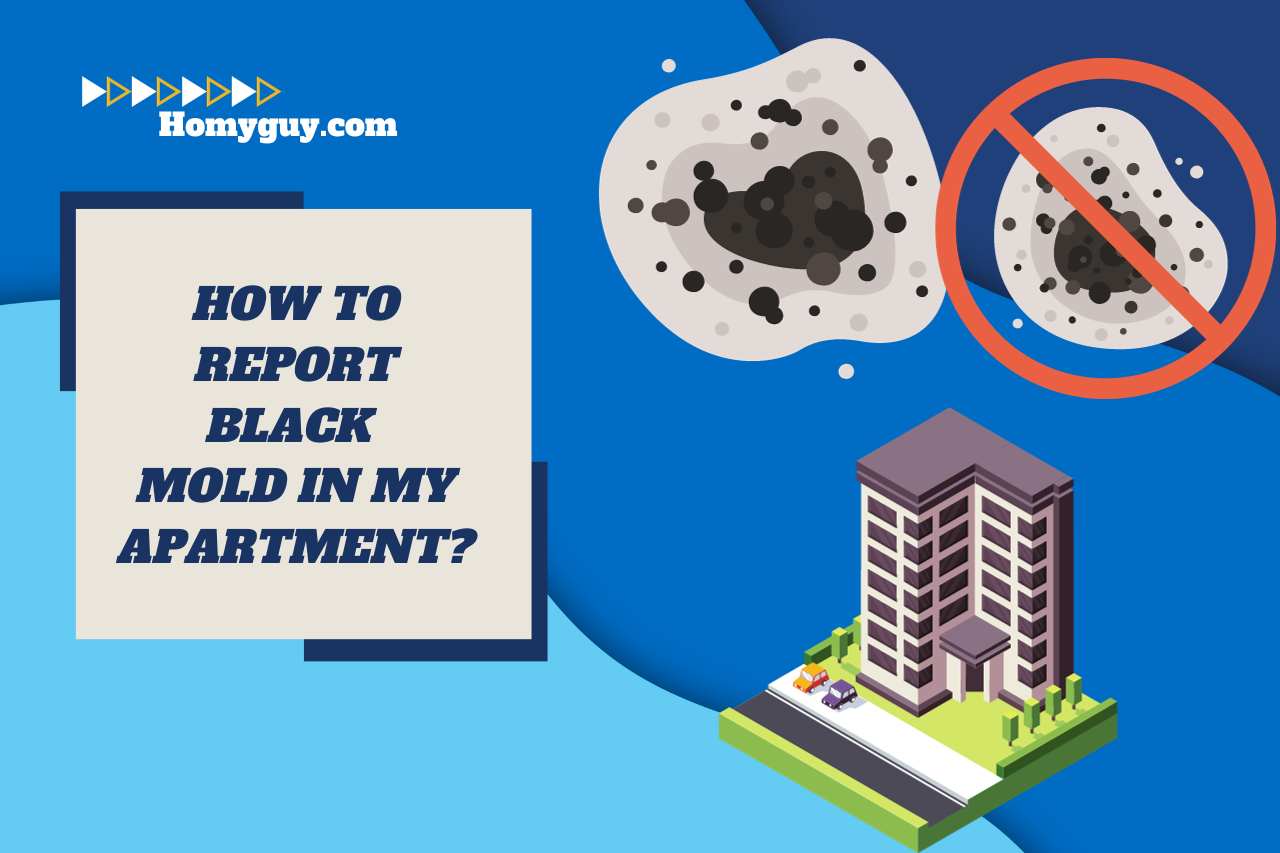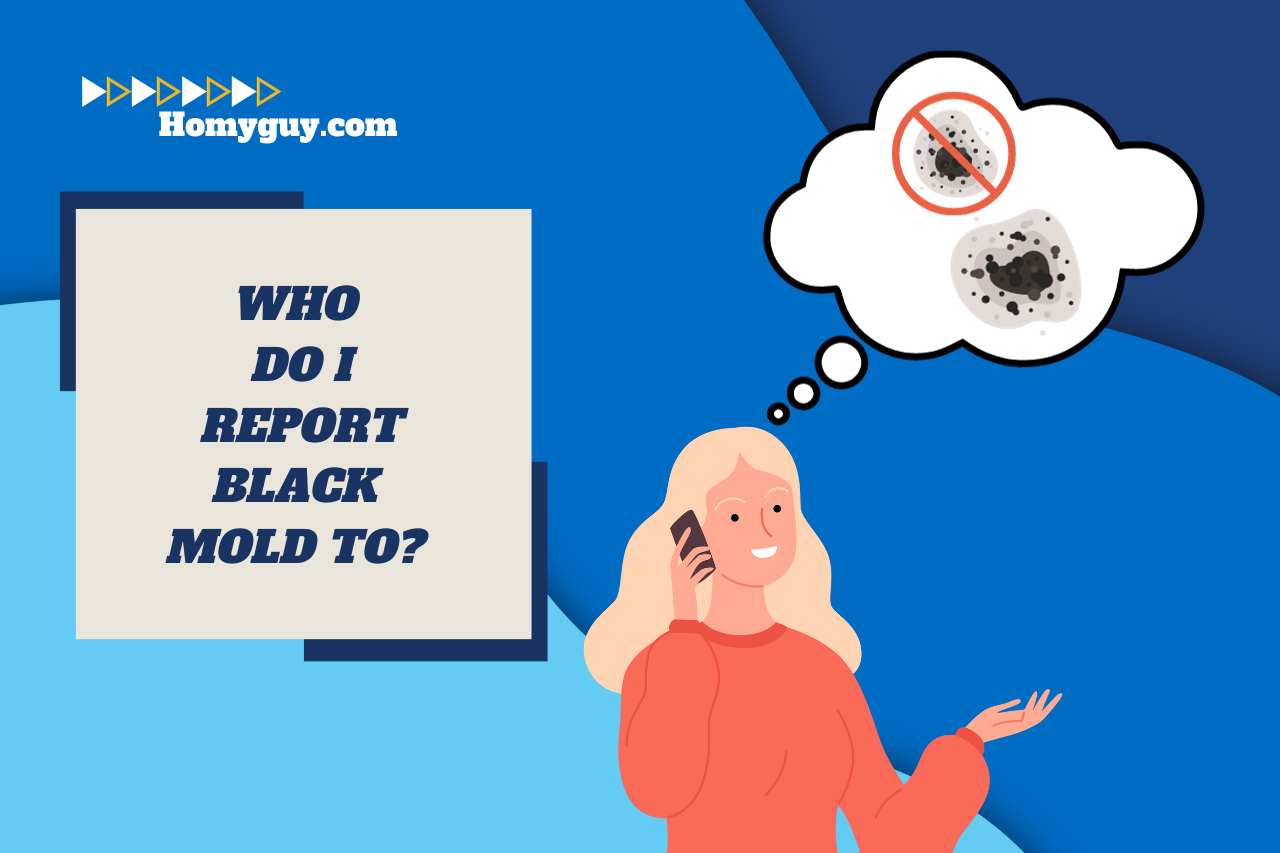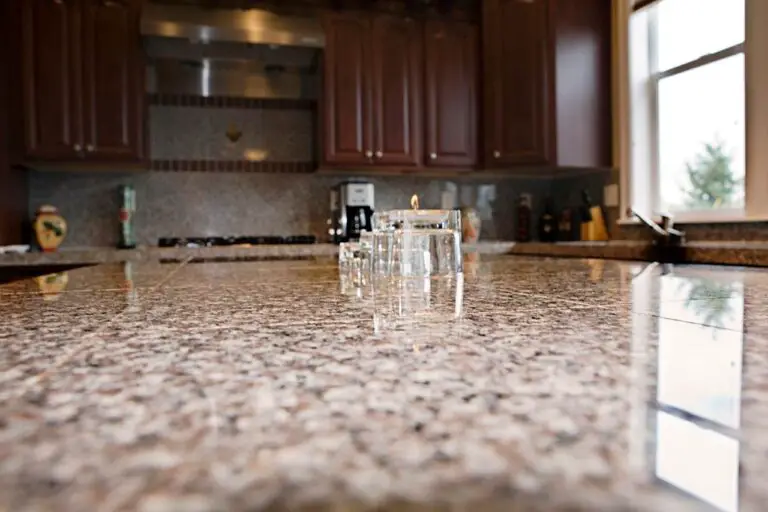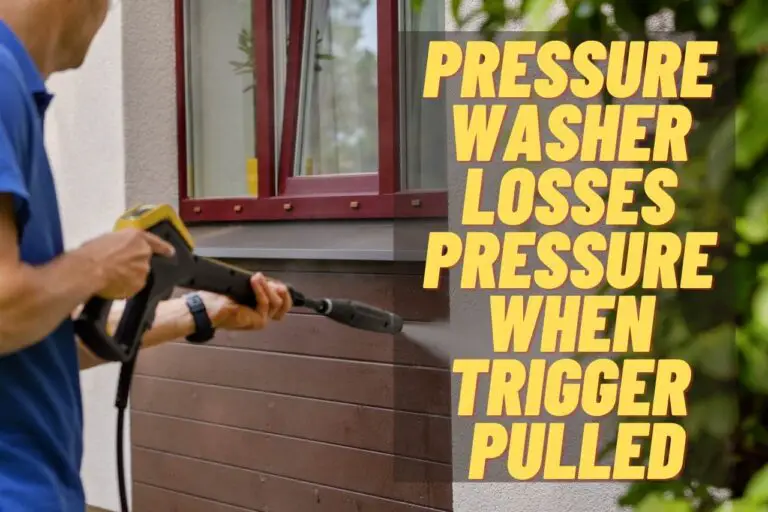Who Do I Report Black Mold To? Don’t Let Mold Spread!
“Who do I report black mold to?” is a pressing question for many who discover this hazardous growth in their homes, apartments, or workplaces. Black mold, particularly the strain Stachybotrys chartarum, can pose significant health risks; thus, prompt reporting and remediation are always mandatory. If you are also suffering from this silent killer, it is time to know your rights and take necessary actions. So, join this discussion to learn the steps for addressing mold issues, safeguarding your health, and ensuring a mold-free environment!
Who Do I Report Black Mold To?
The most appropriate entities to report black mold to are the local health department or housing authority. You might belong to one of the following categories; go through them and know whom you should contact in this regard.
- Homeowners: Connect with a certified mold remediation specialist to ensure proper evaluation and elimination.
- Renters: Alert your landlord about the mold situation. If corrective measures aren’t initiated, consider reaching out to your local housing authority or the health department for guidance.
- Workplaces: Flag mold concerns to your office’s facility management or HR department. For severe cases, the Occupational Safety and Health Administration (OSHA) in the USA can be a relevant channel.
Knowing who to report to ensures timely intervention, especially since black mold can exacerbate health problems in vulnerable individuals like children and the elderly.

How to Report Black Mold in My Apartment?
The most straightforward method to report black mold in your apartment is by notifying your landlord or property management in writing or in person. If you prefer writing to your landlord, here is the exact order of steps you should follow.
- Document the Mold: Before cleaning, capture clear photographs of the mold-affected areas. This is a must because it serves as a proof.
- Written Notification: Draft a letter or email detailing the mold problem, referencing your photographs. Date the communication for your records.
- Be Specific: Outline specific symptoms someone experiences in your place because of mold. It will indicate the seriousness of this issue.
- Know Your Rights: Familiarize yourself with tenant laws in your state or country. Many places have regulations requiring landlords to address mold promptly. Go through your agreement to find specific conditions which are applicable in such cases.
- Follow-up: If there’s no response or action within a reasonable timeframe, consider escalating your concerns to the local health department or housing authority.
- Seek Legal Advice: If all else fails and your health is at risk, consult with a tenant rights attorney or legal aid to discuss your options.
Think about your safety first! So, if mold affects a large area or causes health problems, consider temporary relocation until it’s addressed.
How to Report Black Mold in My Workplace?
The most effective way to report black mold in your workplace is to communicate with your immediate supervisor or the facility management team. Once alerted, consider the following steps for a thorough approach.
- Documentation: Before any cleanup, take clear photos of the mold’s presence. These images provide tangible evidence of the issue at hand, so never skip this step.
- Formal Reporting: Then, file a written report, ideally via company channels like HR or Health & Safety committees. Remember to include details of the mold location and any health symptoms you or coworkers may be experiencing.
- Safety Protocols: Depending on your workplace, there might be health and safety guidelines. Familiarize yourself with these to ensure proper reporting and resolution procedures are followed. You can request the relevant details from the HR department.
- Seek Support: Encourage affected colleagues to report as well. Undoubtedly, collective voices can expedite resolution.
- Contact OSHA: If your employer fails to address the concern and it poses a significant health risk, consider reporting to the Occupational Safety and Health Administration (OSHA) or its equivalent in your country.
- Stay Informed: Stay updated on the actions taken by the management. Persistent mold can have long-term health consequences, so prompt remediation is essential.
FAQ
Is Black Mold Dangerous?
Yes, black mold is indeed dangerous. If someone is continuously exposed to mold, he or she can face some health issues, from allergic reactions and skin irritations to more severe respiratory problems.
Those particularly vulnerable include children, the elderly, and individuals with weakened immune systems or pre-existing respiratory conditions. Therefore, it’s imperative to address and remediate black mold in your place.
Is It Okay to Remove Black Mold by Yourself?
Removing black mold by yourself is not generally recommended. The reason why, exposure to black mold can pose health risks, and without proper equipment or techniques, you might inadvertently spread spores or expose yourself and others to harmful toxins.
For extensive infestations or if the mold is in the home’s HVAC systems, you are advised to seek professional mold remediation experts who have enough knowledge and equipment in this regard.
You May Also Like
- Does Sunlight Kill Black Mold? Debunking the Myths!
- Can You Paint Over Mold? Tips for a Mold-Free Makeover
- Is It Safe to Clean Black Mold Yourself? Risks and Rewards of DIY!
- What does Black Mold Smell Like? What to Look Out For!
- What Causes Black Mold in Toilet Bowl? (What to Look Out For)

Hello! I’m Kavindu, a home imprpovement expert. With a passion for transforming living spaces, I share insights on everything from trendy interior designs to essential DIY tips. Whether you’re renovating or just refreshing your decor, join me for practical advice, creative ideas, and the latest home trends. Let’s make your house a dream home, one project at a time. Most importantly, I love cooking as much as I love blogging!







